The Regal is LeBlond’s Model T, a gamechanging product that served as the bedrock of the company’s fortunes.
To continue a Ford motor analogy, LeBlond’s current metal lathe – the RKL – can be seen as the company’s Mustang, a model that adds flair and style to the company’s brand of reliability and efficiency blazed by the Regal and earlier lines.
In a series of posts, we are going to explore the differences between the LeBlond Regal and RKL. First, we will start with the history of the two machines.
The Birth of the Regal
The Regal was introduced by the LeBlond Machine Tool Company in 1931 as part of its commitment to produce a “better lathe.” The Regal was aimed at non-industrial users such as machine shops and wealthy amateurs and was lighter than the company’s heavier lathes, the smallest of which, until the late 1920’s, featured a 15” swing.
Word War II proved the mettle of the Regal as the machine was used in the United States and exported to allies like Great Britain in the war effort against the Nazis and the other Axis powers.
The Servo-Shift Innovation
The Regal was modified in the decades following the war. The website lathes.co.uk describes the innovation of the later Regal models:
Although late-model LeBlond Regal lathes all shared the same basic design (regardless of capacity), there were two types of headstock spindle-speed selection: a standard type with four levels and a “Servo-shift” model with speeds pre-selected and changed automatically by hydraulics. The ordinary model can be recognized by its 4-lever control and the Servo model by the use of two levers and a speed-selector dial.
The Servo-shift feature on the Regal enabled an operator to shift gears in the headstock easier and was innovative in increasing the efficiency of the manual lathe.
The Regal officially ended production in the 1995.
RKL Continues the Legacy of Excellence
Customers continued pressing LeBlond for a new metal lathe with the quality and tradition of excellence of the Regal. In 2010, LeBlond Ltd. decided to introduce the RKL.
“Our goal was to perpetuate the LeBlond legacy in terms of quality equipment and service parts support,” says LeBlond Ltd. President Jon Tallman. “We chose the designation RKL to honor the history of the original R.K. LeBlond Machine Tool Company founded in 1887 by Richard K. LeBlond.”
Don’t miss LeBlond’s promotion until September 15th where you can save up to 20% off or as much as $4500 off an RKL 1300 or 1500 Series metal lathe. Check out the offer here. If you’re interested in larger LeBlond manual lathes, K.O. Lee grinders or need original OEM parts for LeBlond, K.O. Lee, Standard Modern, Johnson Press, Deka Drill and W.F. & John Barnes equipment, fill out a contact form here.



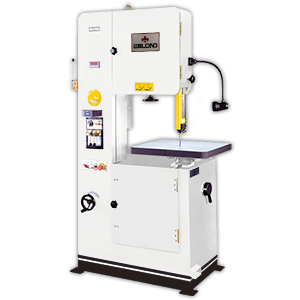
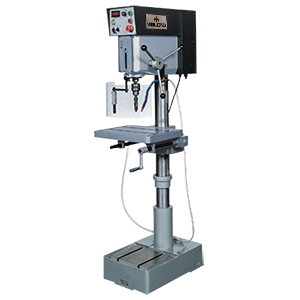
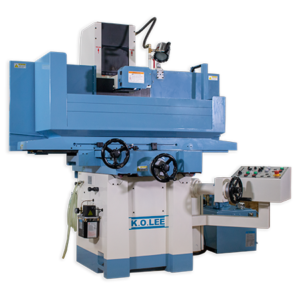
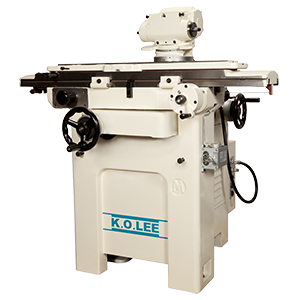

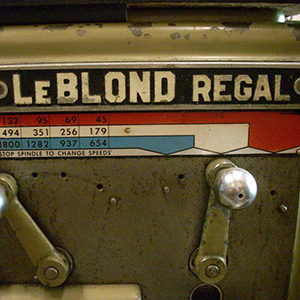
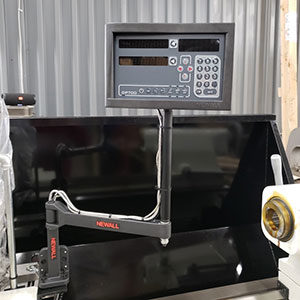

Please quote me 3jaw chuck for leblond makino regal lathe.
Thank you.
Mr. Jamil,
Contact Aaron Juillerat, our GM, for pricing and availability. + 1 (888) 532-5663 Extension 202 or [email protected]. Thank you.
Michael Barnes
Hi my name is miguel villalobos, I am trying to get the electric panel of the LEBLOND REGAL LATHE 15 X 54 SERVO SHIFT ENGINE ,I would like to know the price of shipping charges to mexico and the electric diagram of this machine, it would be extremely grateful for this information to thanks
Hello Miguel,
Regarding your question, please call +1 (888) 532-5663 Extension 200 or email our General Manager Aaron Juillerat at [email protected]. I will forward him your message.
Thank you.
Hi, I recently purchased a basket case Leblond lathe. It is a 16″ swing with a quick change gearbox flat belt drive with a “drive all” gear box mounted above the three step pulley from the line shaft days. The serial # on the bed at the tail-stock end is D-3097 could you give me any history or information on this lathe?
I look forward to hearing from you. Thank you in advance.
Steve
Hello Steve, welcome to the LeBlond family! We forwarded your request to our Customer Service team and someone should contact you. For immediate service, call LeBlond GM Tina Lopreato at (888) 532-5663 EXt. 203 or contact by email at tlopreato[at]leblondusa.com Thank you!
I have a 15c servo shift lathe i am looking for a owners manual for and some small parts is this something you might beable to help with
Hello Jeffrey, we can definitely help you. We need a serial number. See this video for advice on how to locate it on your machine: https://leblondusa.com/find-your-serial-number/
When you have your S/N, give us a call at 888-532-5663 (Monday – Friday 8am – 5pm Eastern) or send an email request to LeBlond GM Tina Lopreato at [email protected]
Thanks and have a good weekend.
Looking to get some history and information on my regal, it is serial number B9888, mostly curious about year made, option it had from the factory, etc
Thanks for your query, Jarvis. It has been forwarded to a Customer Service Representative. Someone will contact you. For immediate service, call (888) 532-5663 or email LeBlond GM Tina Lopreato at [email protected] Thank you!
Good morning
I need to install a pedal brake on our lathe
Do you sell this accessory?
could you quote me
Thanks Jorge for your query. We passed it on to our parts team and someone will contact you. For immediate service, call LeBlond at (888) 532-5663.
Hello there I have a 1956 Regal and I’m having a hell of a time finding the Gelmer Timing Belt. The Mech # is 82039
Hey Iziah, thanks for the comment. Someone will contact you regarding the timing belt for your Regal. Have a great day!
Hello- My work has just acquired a Regal Lathe with S# 2C587. We are looking for a possible operating/users manual and date of lathe and if any parts are available.
Thank You.
Thanks Rich for your query. Someone will reach out to you. For immediate service, call 888-532-5663 (M-F 8am – 5pm ET) or email [email protected]
Recientemente adquirimos un torno leblond usado no sabemos que modelo es este, le agradeceria mucho si fuera posible que se consiga un manual y la descripcion del torno, para poder ubicar las partes que se requieren para poder hacerlo trabajar de nuevo, el numero de serie es: 5C 607
pudiera ayudarme, dias atras envie un correo a la Srita.- Tina Loperato, pero aun no tengo respuesta. . .
Gracias
Alejandro, gracia por su pregunta. Alguien va a contactarle. Por servicio inmediatamente, llama +1 (888) 532-5663 Opcion 1.
Hello! my location of work has a rather old lathe that I’m attempting to fix up and start up my own metal shop and on the speed dial it reads LeBLOND REGAL LATHE, iv tried doing some basic information search and had come up empty handed and would liked assistance in the matter of finding compatible parts as well as a manual for the lathe itself. Please reach out soon for more information
seril:B374404A83
Bul:9441
Hey Alex, thanks for reaching out. Someone will contact you. For immediate service, call 888-532-5663 and select Option 1.
Hello My name is Robert, I have a 18″ Regal with a serial number E2942.I was wondering if you have manuals for it also I’m needing two gears in the headstock. The sliding gear and the gear it engages into It would be the high/low shift(lever D). I’m guessing my lathe was built in 1942 so probably there isn’t any parts available for it but I thought I would ask
Thank you Robert Wissman
Robert, thanks for your query. Someone will contact you. For immediate service, call (888) 532-5663.